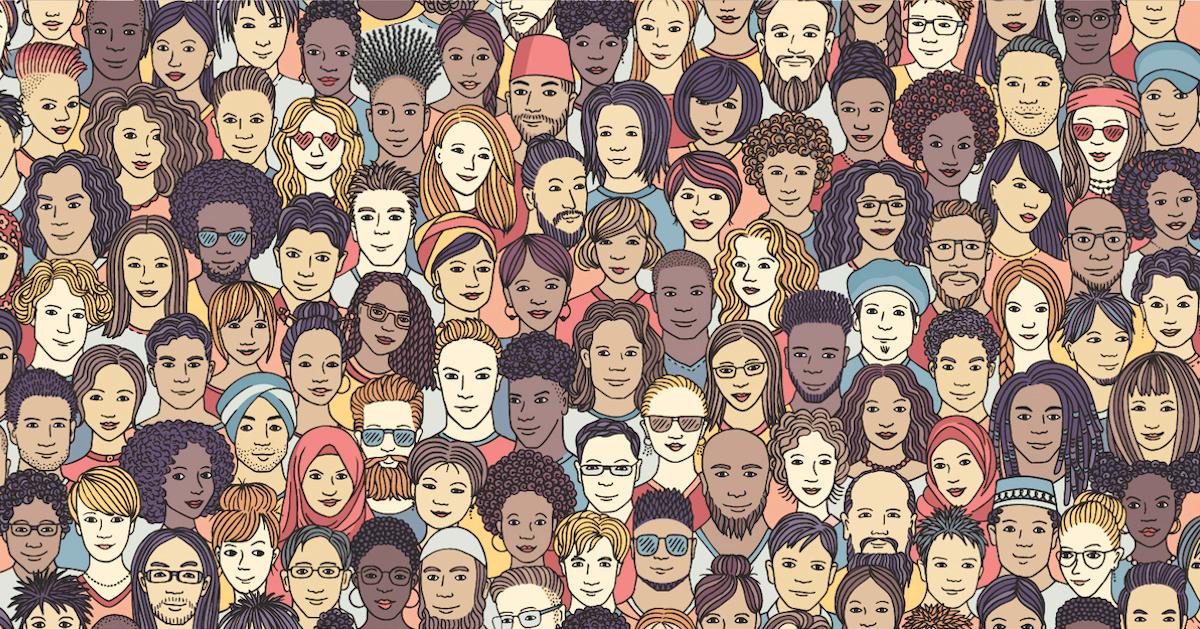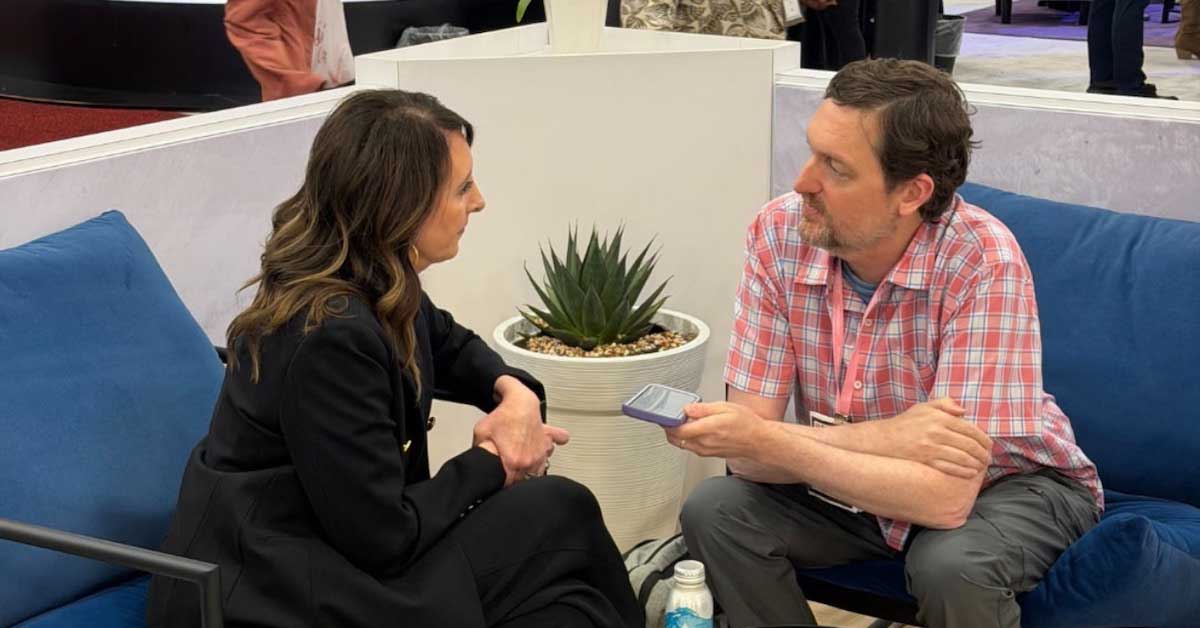The work of diversifying your organization is more than just a look, says Antwone Stigall, CMP, DES. And a lack of diversity in key decision-making positions is a major challenge for many businesses.
“This often results in limited perspectives on how to address challenges of diversity and inclusion,” says Stigall, chair of MPI’s Diversity and Inclusion Task Force. “Many times, organizations attempt to solve diversity issues through deliberate hiring and retention practices. These diverse candidates are not genuinely positioned for success.”
To help attendees and organizations better understand this important topic, MPI will offer an UnPanel discussion titled “Ensuring Diversity and Inclusion in Your Organization and Events” during the 2019 World Education Congress (WEC) in Toronto in June. Monica Grinage-Prince, CMP, CMM, experiential project manager - events and exhibitions for Shell, and James Brown of James Brown the Voice will lead the discussions.
An UnPanel is similar to a traditional panel that includes four to six discussions on a topic, Grinage-Prince says. But instead of facing an audience in a row with a moderator, the discussion leaders sit in a circle with the audience in concentric circles around them.
“We’ve put our own spin on this format and designed an experience that will allow attendees the opportunity to not only hear and discuss real diversity and inclusion case studies but will also allow them to share their experiences and best practices in a safe, non-judgmental zone,” Grinage-Prince says. “Ultimately, the session was designed to continue the discussion in our community and learn from others’ experiences on how we can spearhead diversity and inclusion not only in our organization, but also in our events.”
Diversity and Inclusion: Meetings Industry
According to Stigall, the state of diversity and inclusion in the meeting industry overall is a work in progress.
“Not all organizations have taken the time to address the issue, and not all members of the organizations are particularly excited about those that are,” Stigall says. “The correction of this problem is going to take effort from all sides, leadership, plus membership.”
MPI has made strides, Stigall says, to identify the issue and define what correcting the issue looks like for all groups involved, and is now developing strategies to build and sustain diversity and inclusion in all aspects, ranging from its International Board of Directors to its MPI Foundation Global Board of Trustees to its chapter leadership.
“The hope is that the work we do as a committee and as an organization will affect change not only in our immediate MPI community, but in the global meeting and event industry overall,” Stigall says.
For Grinage-Prince, even though the industry has made progress when it comes to diversity and inclusion, there is still more work to do.
“My personal goal is to attend a WEC in the future that looks like the United Nations,” she says.
Challenges and Strategies
There are several challenges organizations experience when it comes to diversity and inclusion, Grinage-Prince says. These challenges begin with a lack of commitment to ensuring that diversity is valued not only during the recruitment process but also in everyday business functions.
“It’s one thing to place a diversity and inclusion statement on your company website and quite another to ensure that the organization embodies it so that everyone is welcomed, included and that culture is respected,” she says.
Stigall offers the following strategies to help overcome challenges.
-
Recognize the many types of diversity and learn how you can be inclusive and celebrate that diversity.
-
Have leadership participate in “Unconscious Bias Training” on a regular basis. One training is just a box checked, but regular training helps to attach the learning to the company’s DNA and culture.
-
Bring a diversity and inclusion consultant into your organization to assess the culture and help you develop strategies for building and maintaining a diverse and inclusive culture.
-
Hold EVERYONE accountable. It is everyone’s responsibility to ensure that each person inside your organization is safe, welcomed, included, supported and celebrated.
Diversity and inclusion not only expand from race and gender, but they exist in thought as well, Grinage-Prince says. It’s important to remember that in a global economy, organizations need to be intentional in fostering diversity in all areas of business in order to stay relevant.
One way that employees can ensure that their organizations are embodying good diversity and inclusion practices and holding their leaders accountable is to rally together and allow their collective voices to be heard, Stigall says. Fear and silence are part of the problem, and peaceful protest, coupled with strategic and thoughtful conversations, will help us correct it.
“A key sign that an organization is embodying diversity and inclusion is not only do they pronounce their commitment on the company website, but it extends in recruitment, hiring and retention practices, CSR efforts and staff training and development,” Grinage-Prince says. “Ultimately, it’s cultivating a culture that allows everyone inclusion, value and respect.”
Diversity and Inclusion at WEC
Learn about and discuss real diversity and inclusion case studies during “Ensuring Diversity and Inclusion in Your Organization and Events” at the 2019 World Education Congress (WEC), June 15-18 in Toronto.







